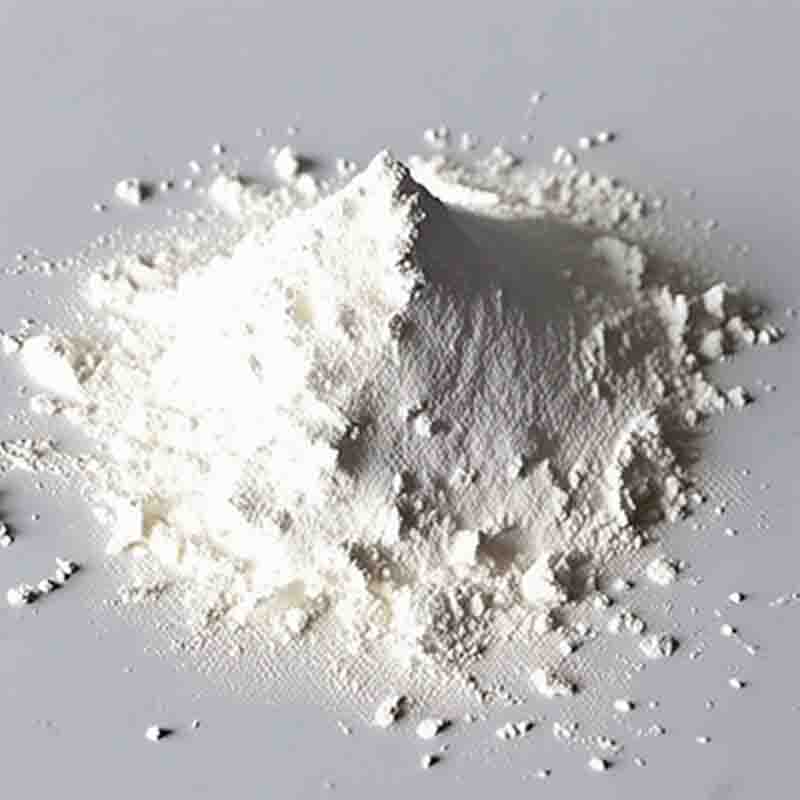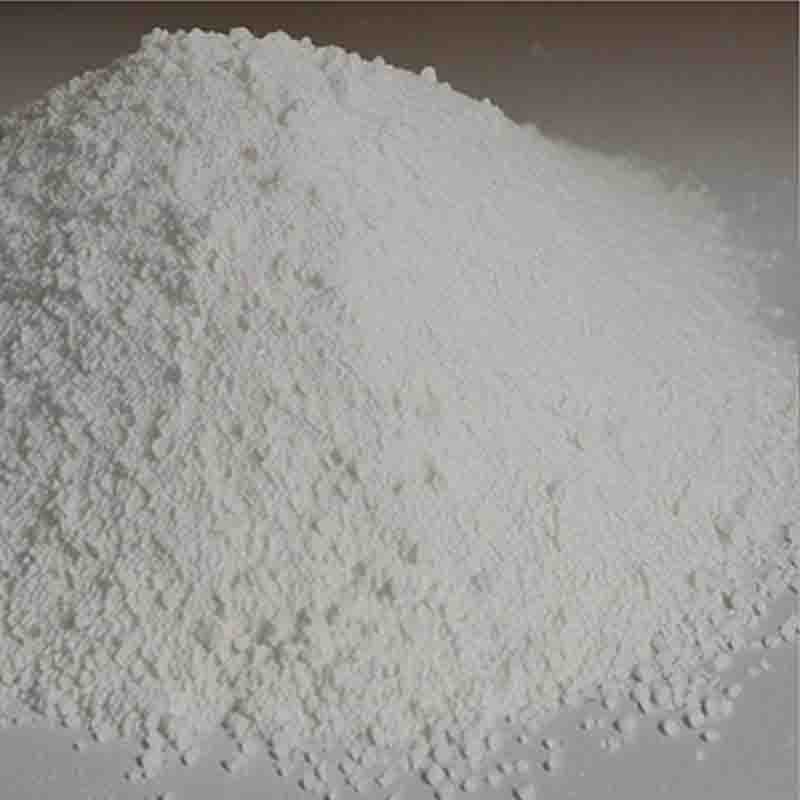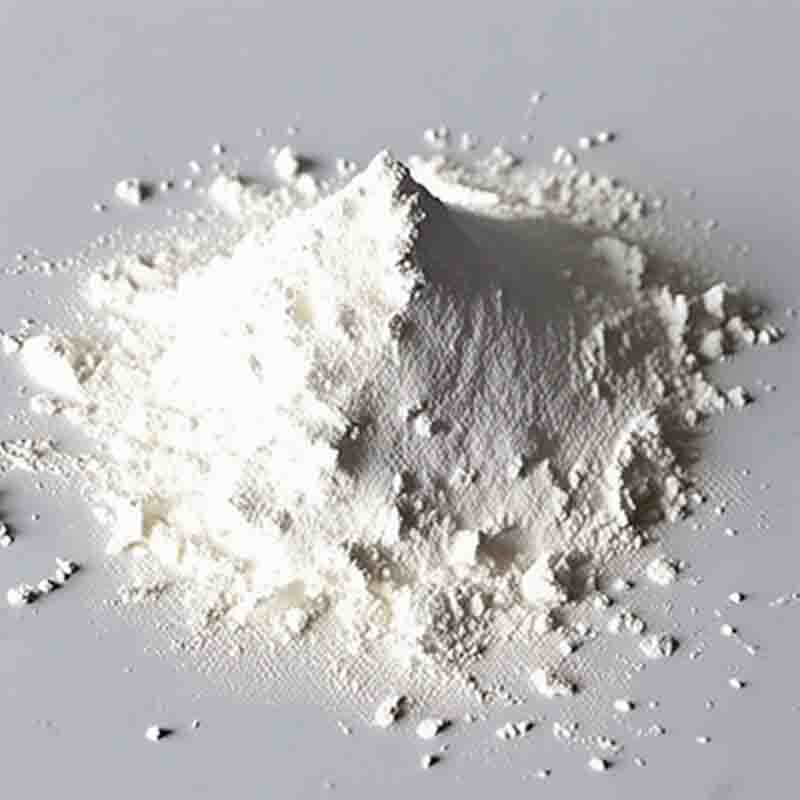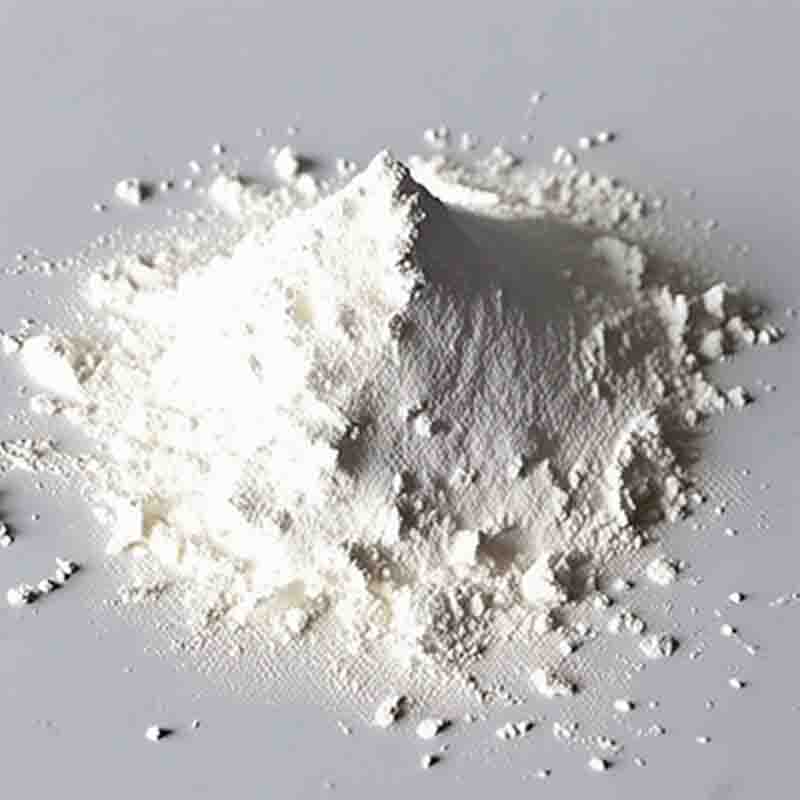4-(Hydroxymethyl)phenylboronic acid CAS: 59016-93-2
| Catalog Number | XD93451 |
| Product Name | 4-(Hydroxymethyl)phenylboronic acid |
| CAS | 59016-93-2 |
| Molecular Formula | C7H9BO3 |
| Molecular Weight | 151.96 |
| Storage Details | Ambient |
Product Specification
| Appearance | White powder |
| Assay | 99% min |
4-(Hydroxymethyl)phenylboronic acid is a versatile compound that has various applications in organic synthesis, medicinal chemistry, and materials science. Its chemical structure consists of a boronic acid group attached to a hydroxymethylphenyl group.One of the primary uses of 4-(Hydroxymethyl)phenylboronic acid is in the synthesis of pharmaceutical compounds. The boronic acid functionality enables it to form covalent bonds with different reactive functional groups, such as amines or alcohols, which are commonly found in drug molecules. This property allows for the introduction of the hydroxymethylphenylboronic acid moiety into target compounds, thus modulating their biological activity or improving their pharmacokinetic properties. It is frequently employed in the development of antibiotics, anticancer agents, antiviral drugs, and enzyme inhibitors.Furthermore, 4-(Hydroxymethyl)phenylboronic acid is extensively used in various coupling reactions, specifically Suzuki-Miyaura cross-coupling reactions. This powerful synthetic methodology allows for the formation of carbon-carbon bonds between an aryl or vinyl boronic acid and an aryl or vinyl halide. The hydroxymethylphenylboronic acid functionality acts as a stable and reactive partner in these reactions, facilitating the synthesis of complex organic molecules and natural products. This methodology has proven to be valuable in medicinal chemistry and the synthesis of pharmaceutical intermediates.Another notable application of 4-(Hydroxymethyl)phenylboronic acid is in materials science. It can be incorporated into polymers, resins, and coatings to introduce specific functionalities. The boronic acid group possesses unique properties, such as reversible binding to cis-diol-containing molecules like saccharides or glycoproteins. This feature allows for the development of smart materials that respond to changes in pH or the presence of analytes, leading to stimuli-responsive behavior. These materials can be used for drug release, sensors, actuation, and other biomedical applications.In conclusion, 4-(Hydroxymethyl)phenylboronic acid is a versatile compound with significant applications in organic synthesis, medicinal chemistry, and materials science. Its ability to form covalent bonds and participate in cross-coupling reactions makes it a valuable tool for the synthesis of pharmaceutical compounds and complex organic molecules. Additionally, its reversible binding properties enable the fabrication of stimuli-responsive materials and the development of sensors. By harnessing the unique reactivity of 4-(Hydroxymethyl)phenylboronic acid, researchers can explore new avenues for drug discovery, materials development, and sensor technology.








![2-[[(5S)-2-Oxo-3-[4-(3-oxo-4-morpholinyl)phenyl]-5-oxazolidinyl]methyl]-1H-isoindole-1,3(2H)-dione CAS: 446292-08-6](https://cdn.globalso.com/xdbiochems/白色粉末2305.jpg)
